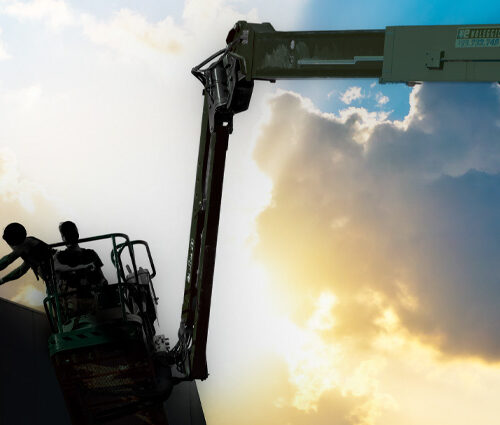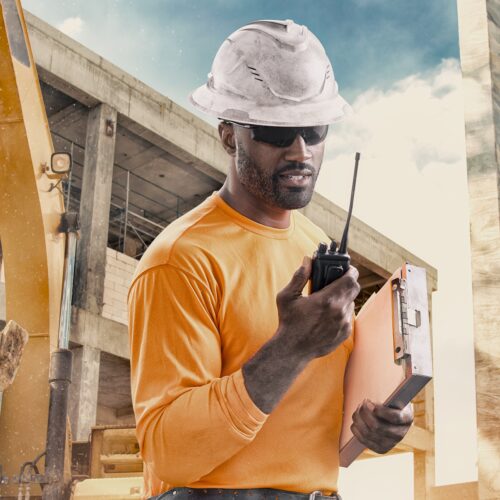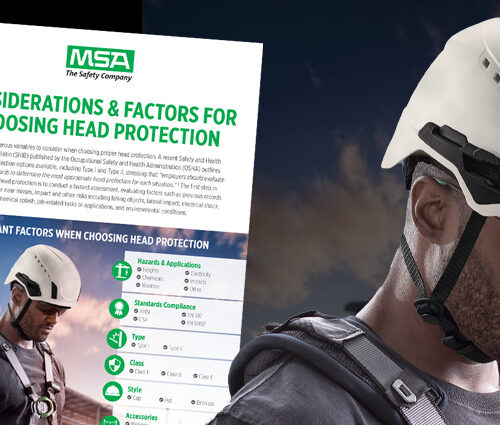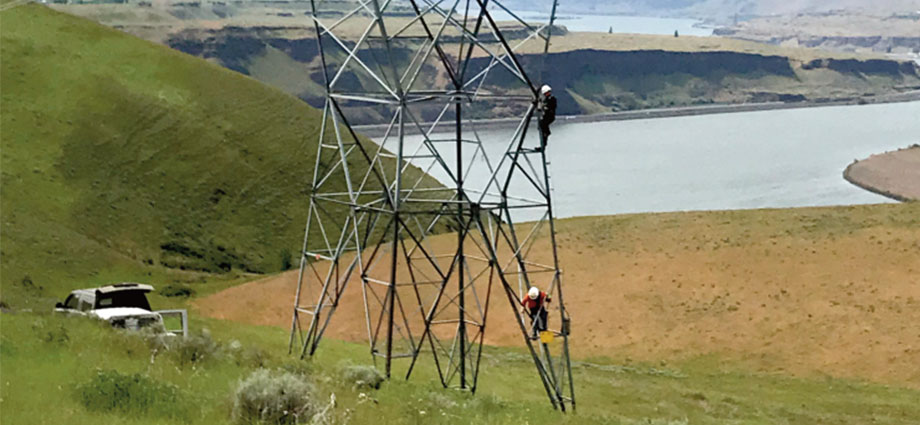
Recently, many utility companies needed to update their practices in preparation for and while working at heights, based on updates to the Occupational Safety and Health Administration (OSHA) 29 CFR 1910.269 regulation for electric power generation, transmission, and distribution. Previously, OSHA allowed “qualified climbers” to climb without the use of personal fall protection and just tie off when they reached their work position on the structure. However, OSHA removed this exemption in the latest regulation, requiring all climbers to now use 100% tie-off.
In response to these regulation updates, one major North American transmission company attempted to establish a method using two separate straps to tie off the user’s full body harness to the structure. However, this method soon proved to be too cumbersome, so the company determined that it needed a solution that allowed for a continuous climb without the need to connect, disconnect, and reconnect around every obstruction, allowing workers to pass freely through every intermediate connection point along the cable.
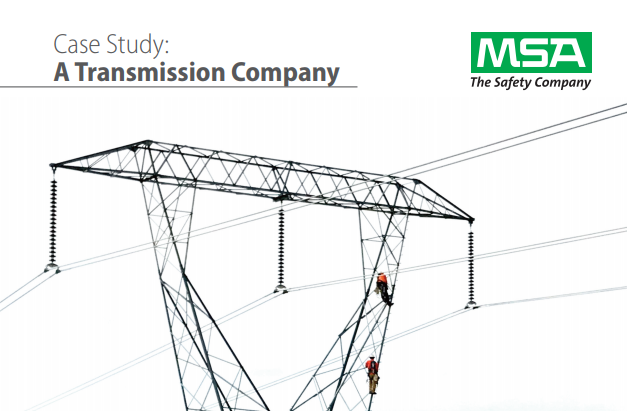
Download the case study to learn more about how the company partnered with MSA Safety to find a solution to meet OSHA standards while maintaining worker comfort and ease of use.
In addition, the company needed a partner to supply design services and compliant engineered vertical lifeline systems for their lattice towers and monopoles.
Download the case study above to learn more about how the company partnered with MSA Safety to find a solution to meet OSHA standards while maintaining worker comfort and ease of use.


